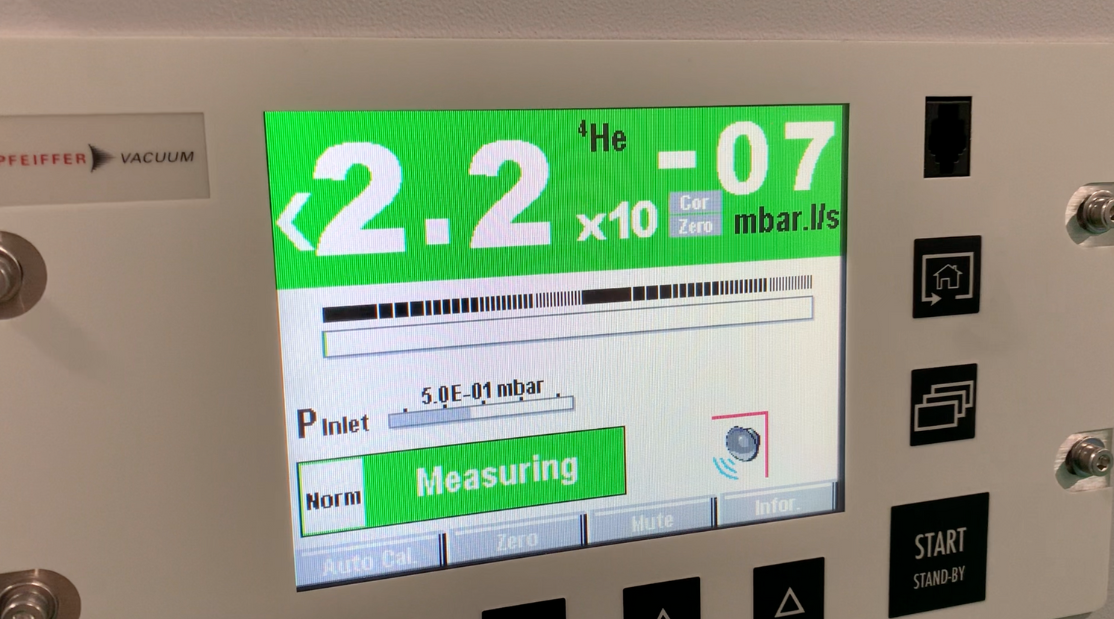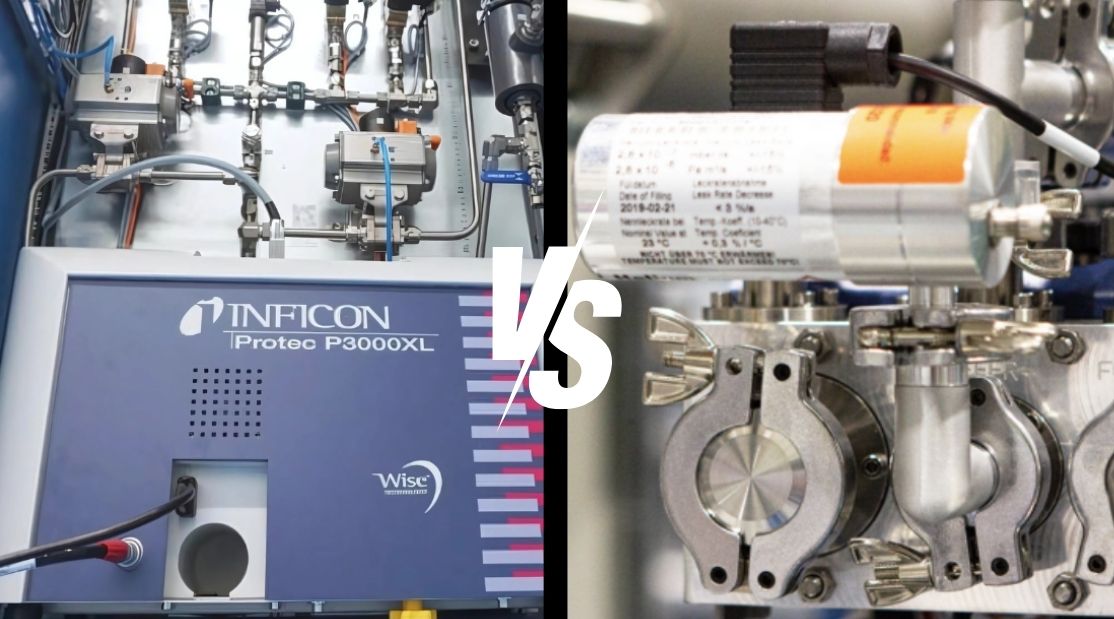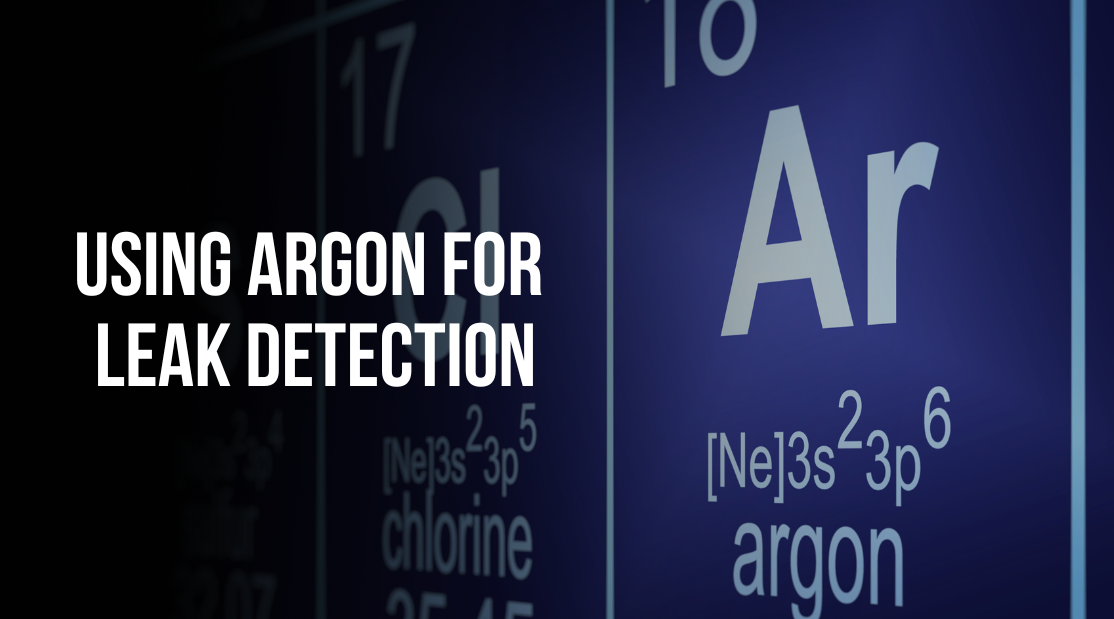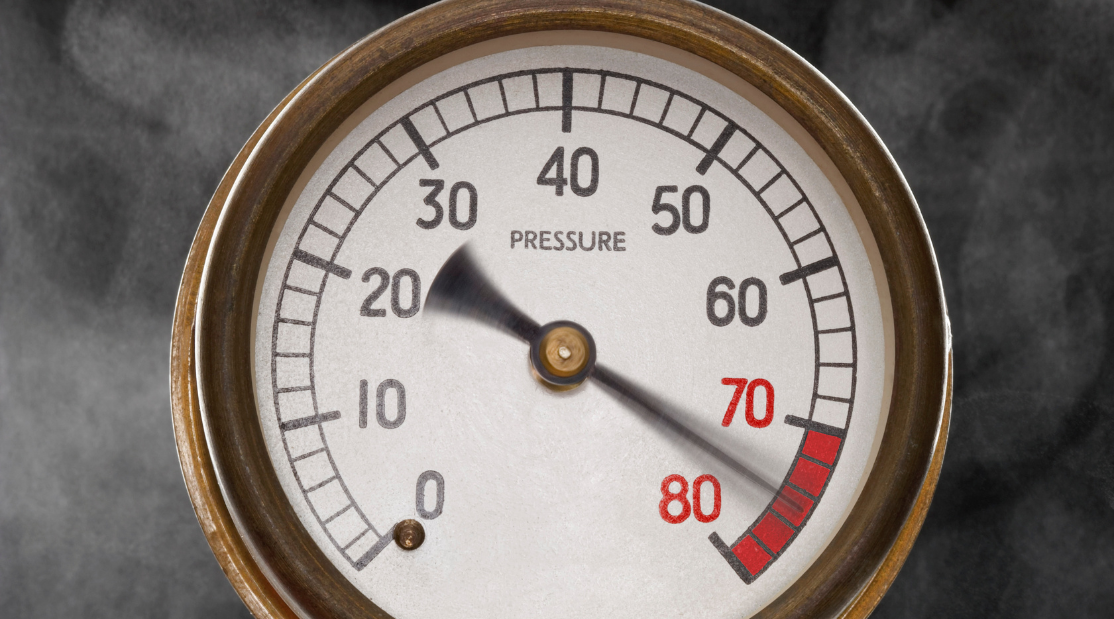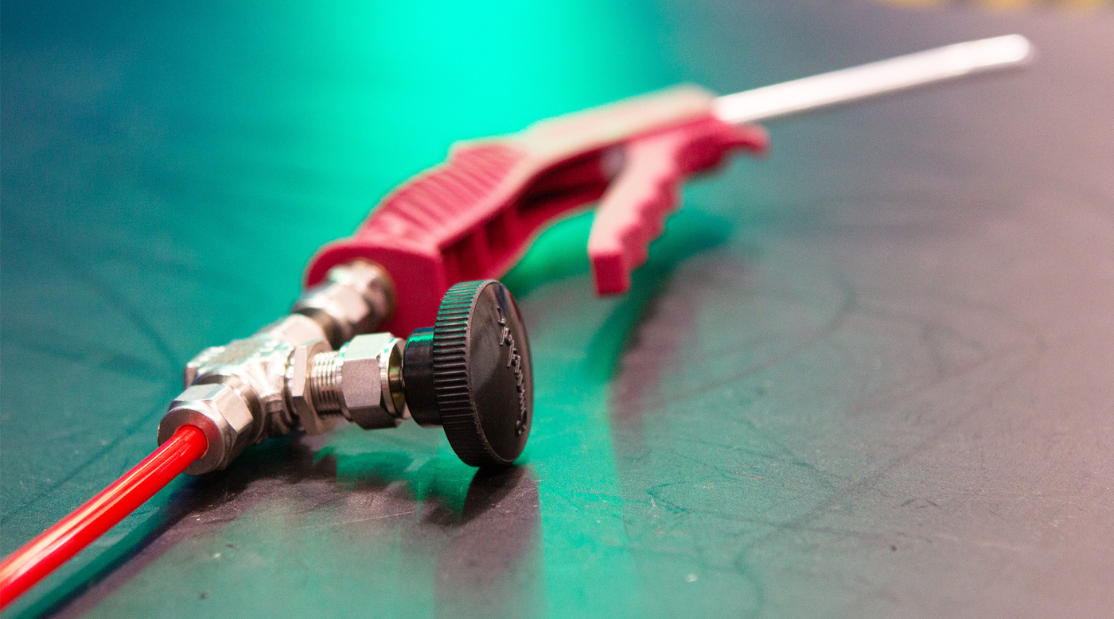Quality is not just about passing a test. It is about doing it consistently, with confidence, and within tight tolerances. In manufacturing environments where leak integrity is essential, having a tried and tested process matters as much as the result. This is where CPK scores come in. When properly understood and applied, they offer a powerful way to assess, control, and improve the reliability of your leak testing operations.
What CPK Really Tells You
CPK, or Process Capability Index, is a statistical measure that evaluates how well a process performs relative to its specification limits. It takes into account both the spread of your data and how centred it is within the acceptable range. A CPK score of 1.67 is the industry standard for new machinery and 1.33 is what is used for second-hand equipment.
Unlike a basic pass-or-fail result, CPK offers deeper insight. It tells you whether your process has enough cushion to handle normal variation without producing defects. In leak testing, where tolerances are often very fine and consistent performance is essential, this level of insight is incredibly valuable.
Applying CPK to Leak Test Systems
Leak testing systems can produce consistent results on paper, but the real test lies in how stable and repeatable they are over time. By tracking CPK scores, you can evaluate not just whether parts are passing, but how reliably your system is operating across batches, shifts, and environmental changes.
A leak test process with a high CPK score is one that is tightly controlled. Pressure levels are stable, gas flows are consistent, and measurements are repeatable. More importantly, the entire system remains within the defined leak limits even when minor fluctuations occur. This is what separates a capable process from one that just happens to be performing well in the moment.
Spotting Problems Before They Cost You
One of the biggest benefits of monitoring CPK is early problem detection. If your scores begin to fall, it could be a sign of component wear, calibration drift, environmental changes, or even part-to-part variation upstream. CPK acts like a health check, helping you catch issues before they result in non-conforming parts or missed production targets.
This predictive power allows teams to shift from firefighting to prevention. Instead of reacting to test failures after they happen, you can use CPK trends to anticipate and correct problems before they affect output.
Driving Targeted Improvements
Low or borderline CPK scores should not be viewed as failures. They are opportunities. If your process is capable of meeting spec but does so inconsistently, there is often a clear path to improvement. That might mean refining a test fixture, standardising operator procedures, or adjusting system pressures for more consistent control.
Each improvement, no matter how small, reduces variation and tightens the process. As variability goes down, CPK goes up. Over time, a series of small changes can transform a process from barely capable to world-class.
Building Team Alignment Around Quality
Another benefit of using CPK is that it creates a shared language for performance. Engineers, quality managers, operators, and executives can all understand what a CPK score represents. It brings objectivity to conversations about process reliability and product quality.
Instead of debating whether a few test failures are a concern, the team can look at capability data and make informed decisions together. This shared understanding fosters better collaboration and supports a stronger quality culture across departments.
Turning Numbers into Action
CPK scores become most powerful when they are tied to real action. This means collecting data consistently, reviewing it regularly, and using it to guide decisions. When teams know that CPK is not just a chart on a wall but a tool for improvement, it becomes a key driver of operational excellence.
In leak testing, where precision is everything and failure is not an option, using CPK to evaluate and improve your process offers a smart, data-driven path to better results.
We work with manufacturers to develop leak-testing systems that are not just functional but highly capable. By designing for repeatability and supporting customers with insight into performance metrics like CPK, we help build processes that deliver consistent quality part after part. If you are ready to make capability a core part of your quality strategy, we are here to help you lead the way.
